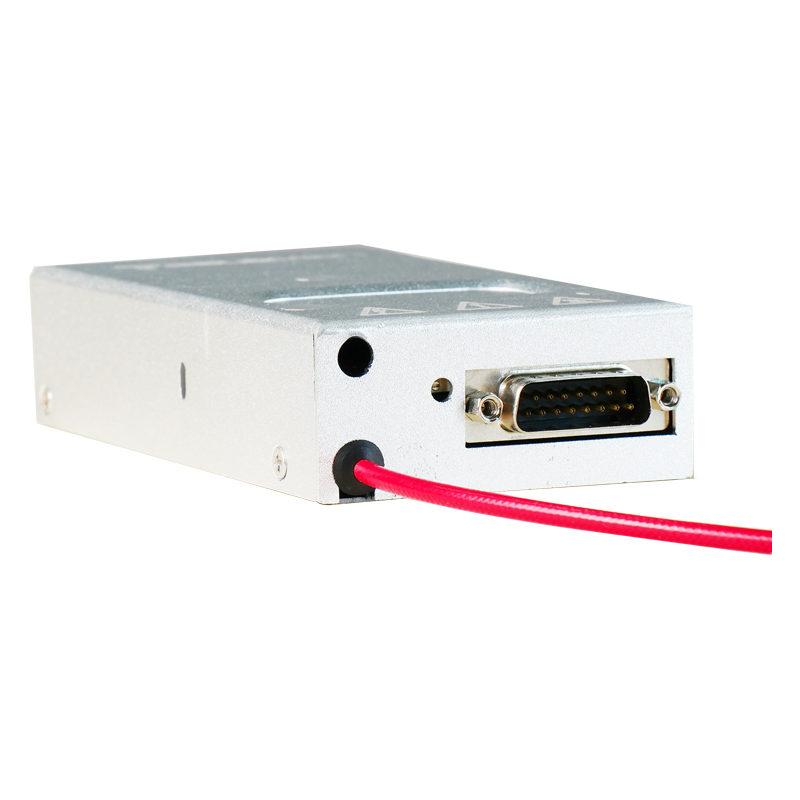Research on the Application of High-Voltage Power Supplies in Nondestructive Testing Equipment
In the fields of industrial production and equipment maintenance, nondestructive testing equipment is an essential tool for ensuring the quality and safety of materials and components. As a core component of nondestructive testing equipment, high-voltage power supplies directly influence the accuracy, efficiency, and reliability of the testing process. In-depth research on the application of high-voltage power supplies in nondestructive testing equipment is of great significance for improving testing technology and ensuring industrial production safety.
Different types of nondestructive testing equipment have varying requirements for high-voltage power supplies. In radiographic testing, high-voltage power supplies need to provide direct current voltages of tens of thousands of volts or more to the X-ray tube, accelerating electrons to strike the target material and generate high-energy radiation. In this scenario, the stability of the power supply's output voltage is of utmost importance. Even minor voltage fluctuations can cause changes in radiation intensity, affecting the clarity of the imaging and thus interfering with the accurate identification of defects. In eddy current testing and ultrasonic testing equipment, high-voltage power supplies are mainly used to excite sensors to generate high-frequency signals. Here, the frequency stability and waveform quality of the power supply become crucial performance indicators. A stable high-frequency output ensures the consistency of eddy current or ultrasonic signals, enhancing the sensitivity of defect detection.
The design of high-voltage power supplies for nondestructive testing equipment must consider multiple factors. From the perspective of circuit topology, high-frequency switching power supply technology is commonly adopted. High-frequency transformers are used to achieve efficient voltage conversion and isolation. This design not only reduces the size of the power supply and increases its power density but also minimizes energy losses. To handle sudden load changes during the testing process, the power supply must have rapid response capabilities. Advanced feedback control algorithms can be introduced to monitor the output voltage and current in real-time, quickly adjusting the output to maintain a stable operating state when the load changes. Additionally, considering that nondestructive testing equipment may operate in complex electromagnetic environments, the electromagnetic compatibility design of the power supply is essential. By rationally arranging circuits and adding shielding measures, electromagnetic interference generated by the power supply can be reduced while enhancing its anti-interference ability.
Performance optimization is key to enhancing the application effect of high-voltage power supplies in nondestructive testing equipment. On one hand, by selecting high-performance power devices and high-quality filtering components, the output ripple of the power supply can be effectively reduced, improving the purity of the output voltage and providing more stable excitation signals for the testing equipment. On the other hand, intelligent monitoring and diagnostic technologies can be utilized to continuously monitor and analyze key parameters of the power supply, enabling timely detection of potential faults and facilitating preventive maintenance. This helps avoid interruptions in the testing process or inaccurate test results caused by power supply failures.
With the development of industrial automation and intelligence, the requirements for high-voltage power supplies in nondestructive testing equipment will continue to increase. In the future, high-voltage power supplies need to evolve towards higher precision, greater adaptability, and increased intelligence to meet increasingly complex testing needs, providing strong support for quality control and safe operation in industrial production.




















